Seasonal Depression
December 10, 2020
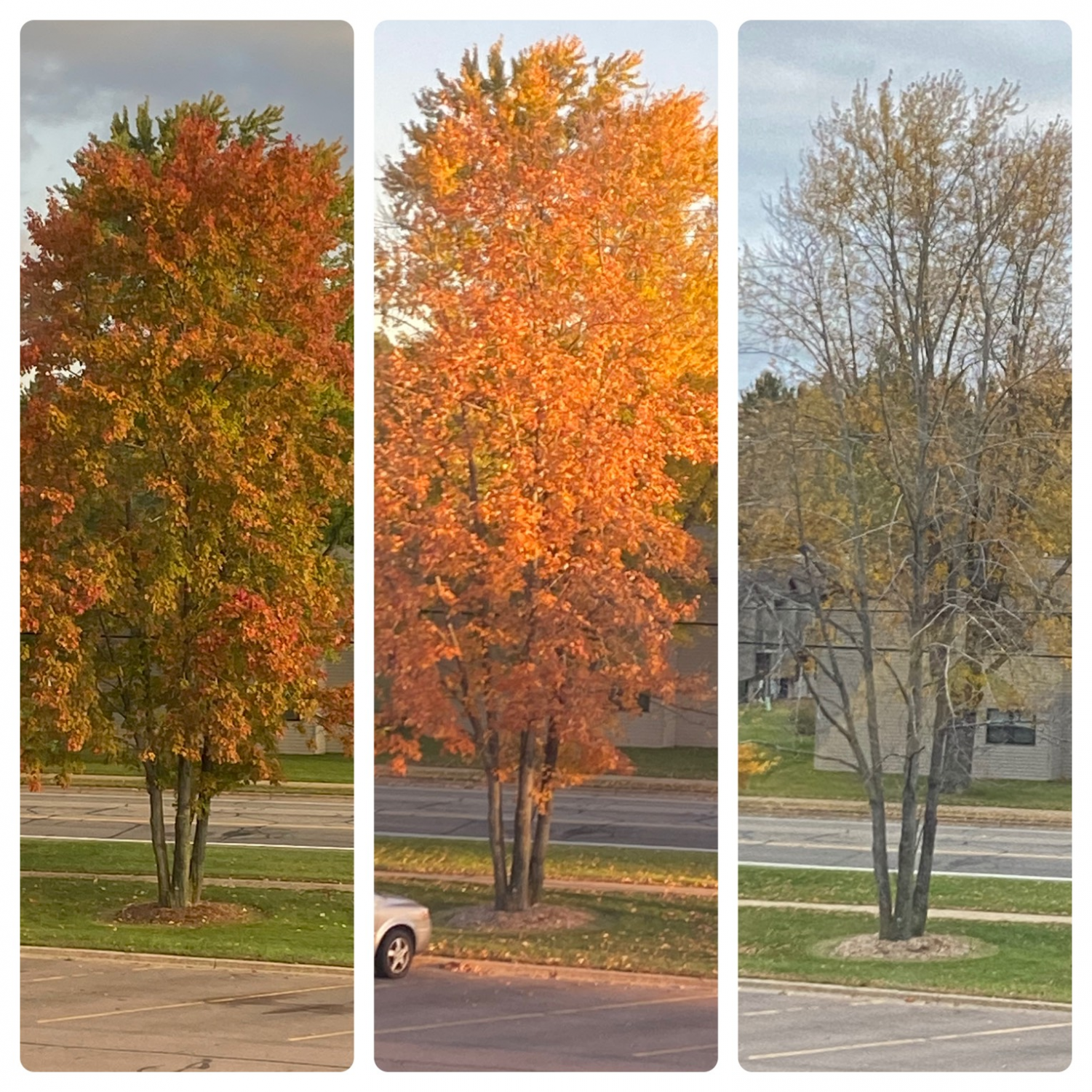
Have you ever felt like you physically did not have the energy or motivation to do school work during the winter months? Possibly between Thanksgiving and Christmas break? That may be seasonal depression also known as SAD (Seasonal Affective Disorder).
The symptoms are extremely hard to live with and can sometimes lead to suicide. When people are in a major depressive state oftentimes they don’t have the motivation to do what people would consider normal daily tasks. I asked a friend who was diagnosed with SAD (who would like to stay anonymous) what it feels like to live with it. “I was super lethargic all the time. I had no motivation to do anything. I developed insomnia and I stopped eating.” It gets hard to brush your teeth, shower, brush your hair, and even change your clothes. SAD takes over people’s mental state and makes it hard to live life normally. Thankfully studies know the reasoning behind seasonal depression.
When there’s less sunlight, your body doesn’t release the correct amount of serotonin, the hormone primarily responsible for happy moods. This causes your mood to be sadder than usual. It’s a constant state of depression. According to Harvard Mental Health Magazine, Seasonal depression is something that affects about 5/6% of people. That number may seem small but it’s about 6 out of 100 people. Luckily over time they’ve found different ways to treat it.
Some treatments to help regulate the depression include light therapy, medications, physical activity, therapy, and meditation. You’ve probably heard of most of those treatments except for one. Light therapy. It’s an electric device that emits light as if it were a normal day in summer so you would get the correct amount of sunlight. My favorite way to help treat my seasonal depression is physical activity. It benefits me in more ways than physically. Harvard studied how much physical activity benefited one’s mood. “An hour’s walk in winter sunlight was as effective as 2½ hours of artificial light–and the patients were also getting exercise.” (SIRS researcher) It helps release serotonin, you’re getting physically stronger, and you’re spending time outside. It’s a great thing to help with seasonal depression.
In all honesty, seasonal depression is a hard thing to deal with, but it isn’t something you should have to battle alone. Some things you can do if you think you or someone you know may be struggling with it include: talking to a parent, asking a guidance counselor at school about getting help, or speaking with your doctor during your yearly checkup. There are so many different treatment options to try out. Something will work out, it just takes time to try them.


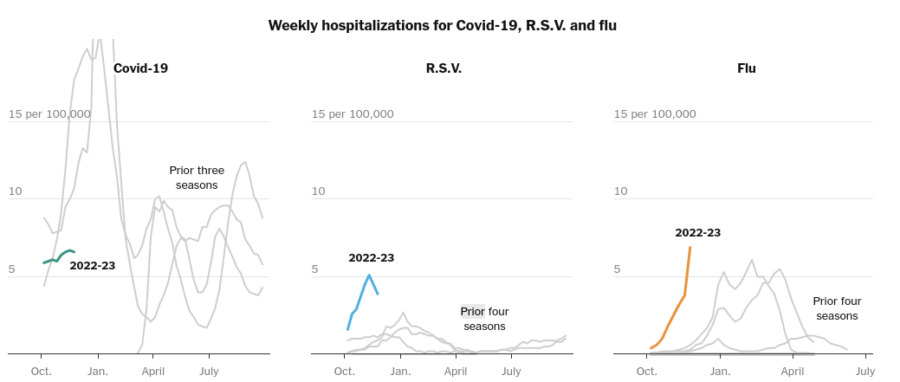
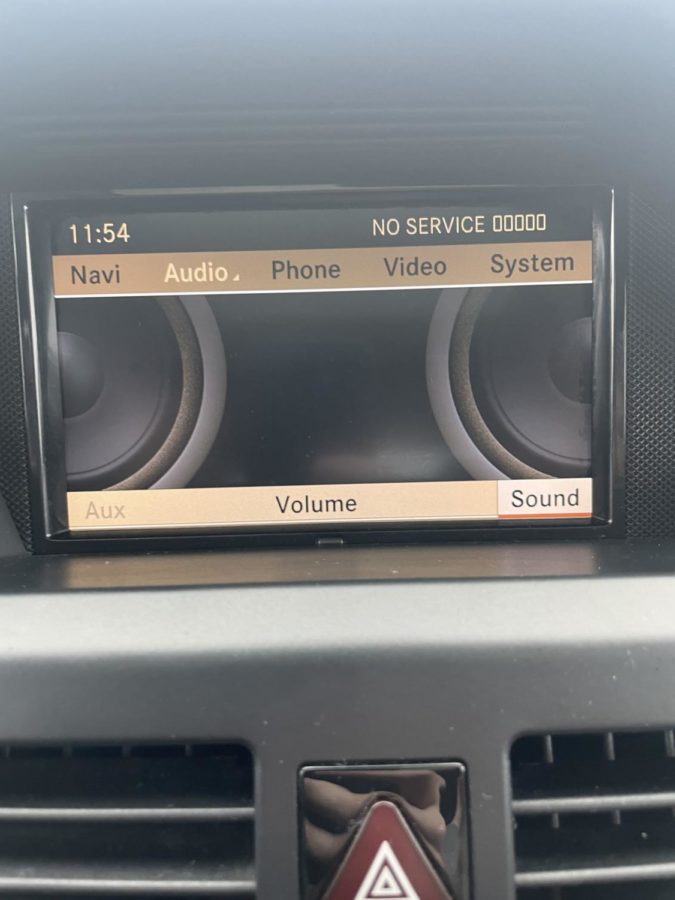
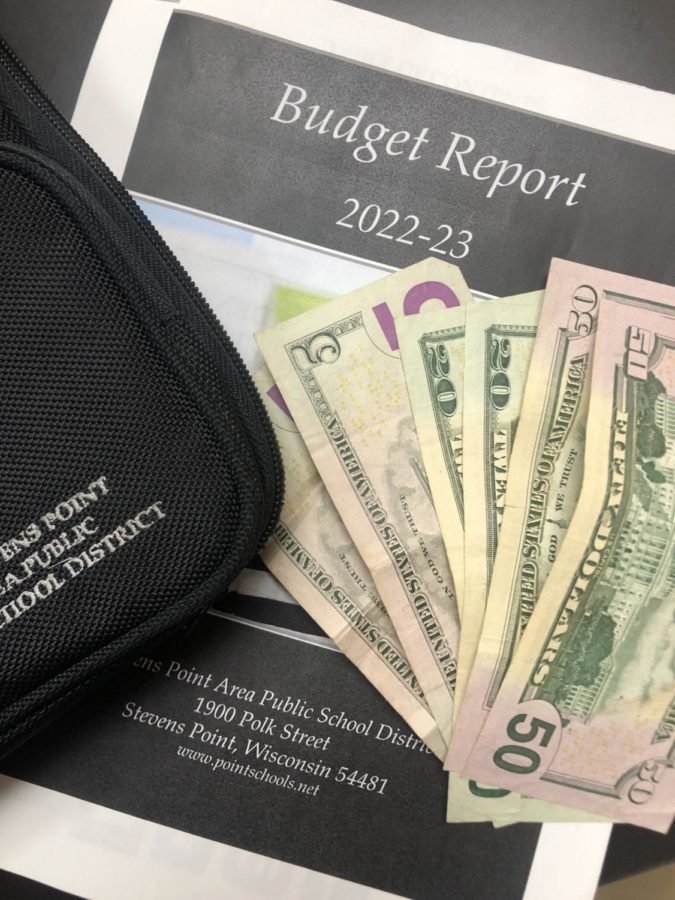
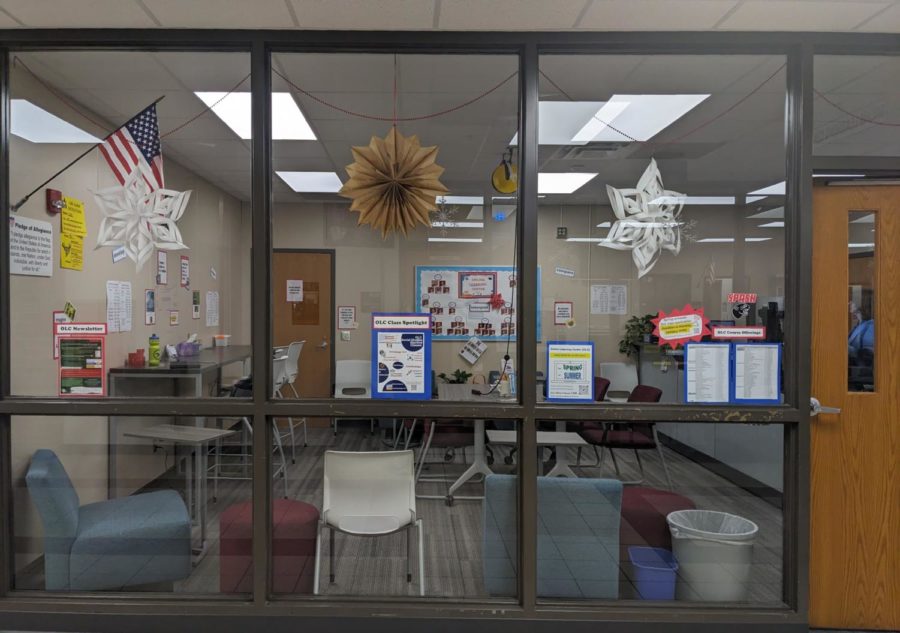
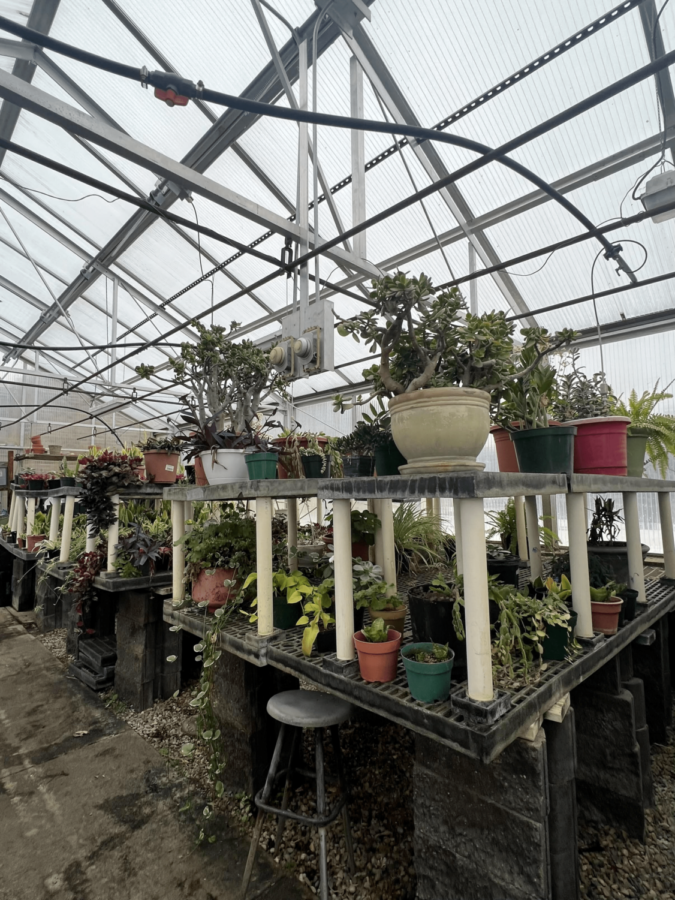



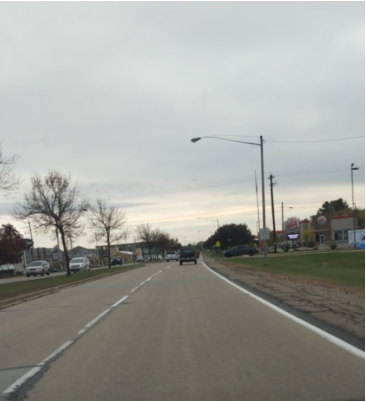
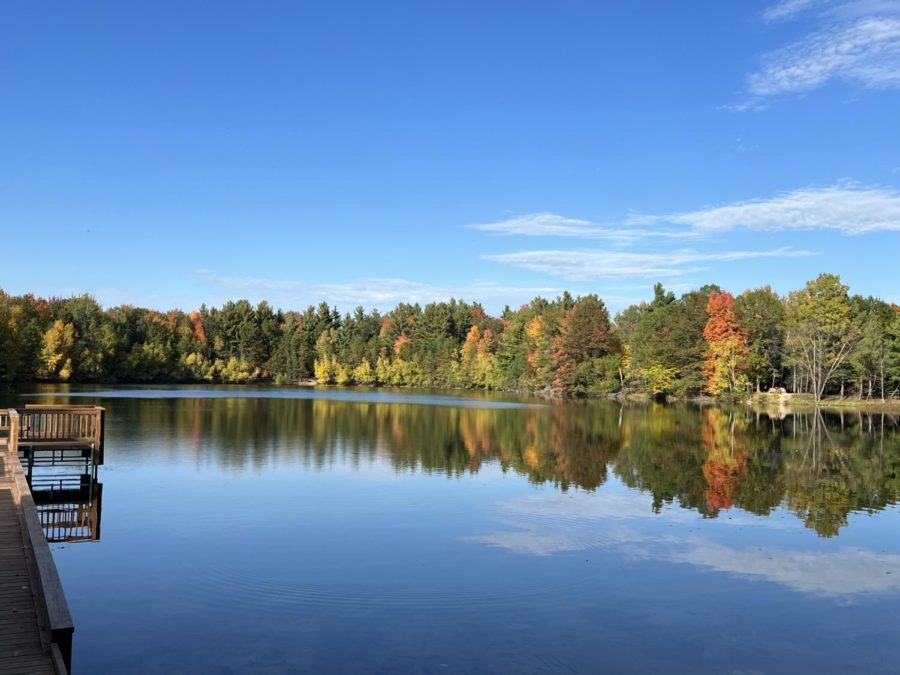

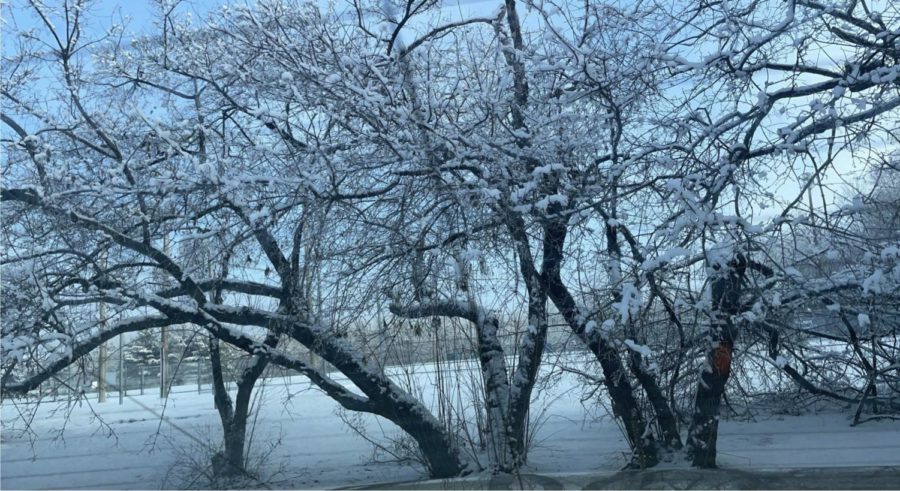

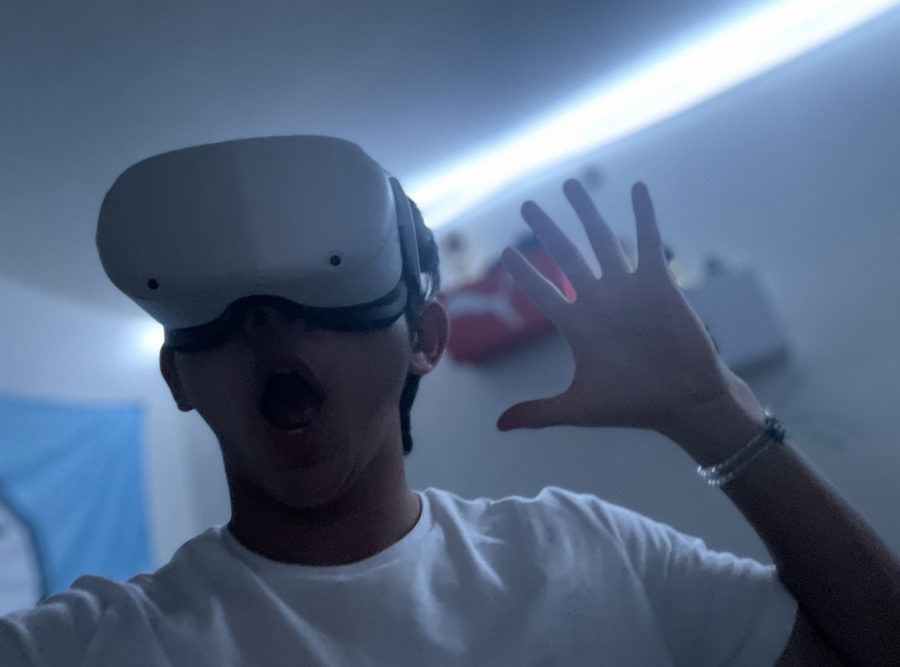

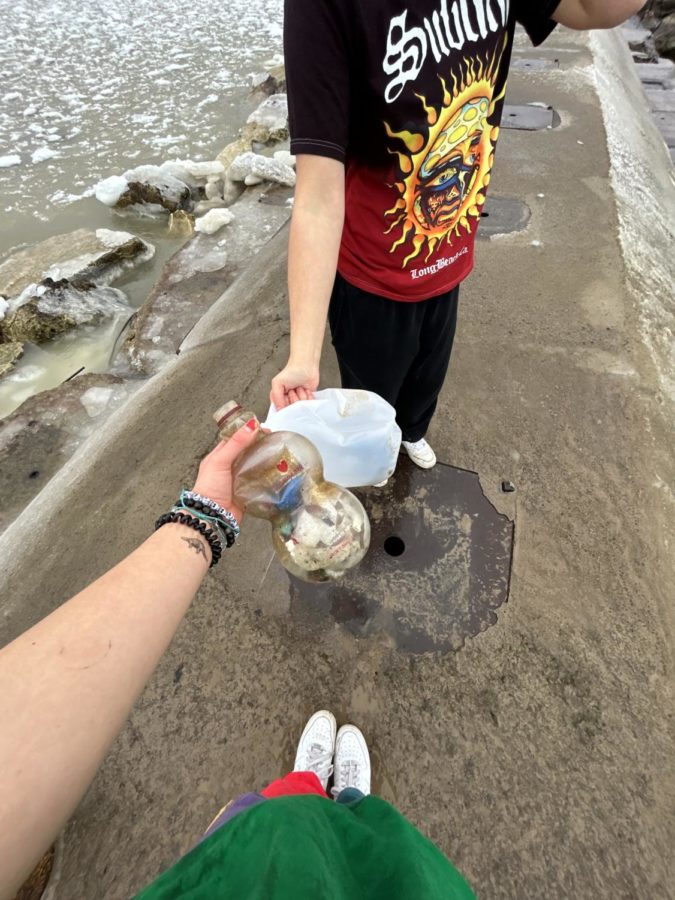




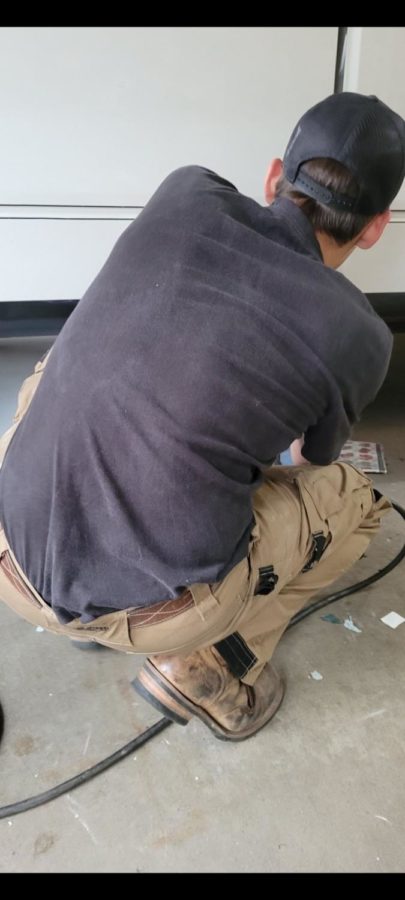



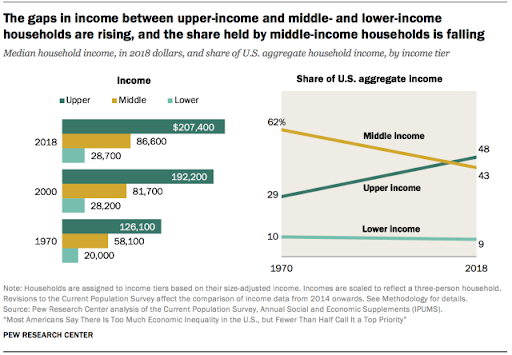



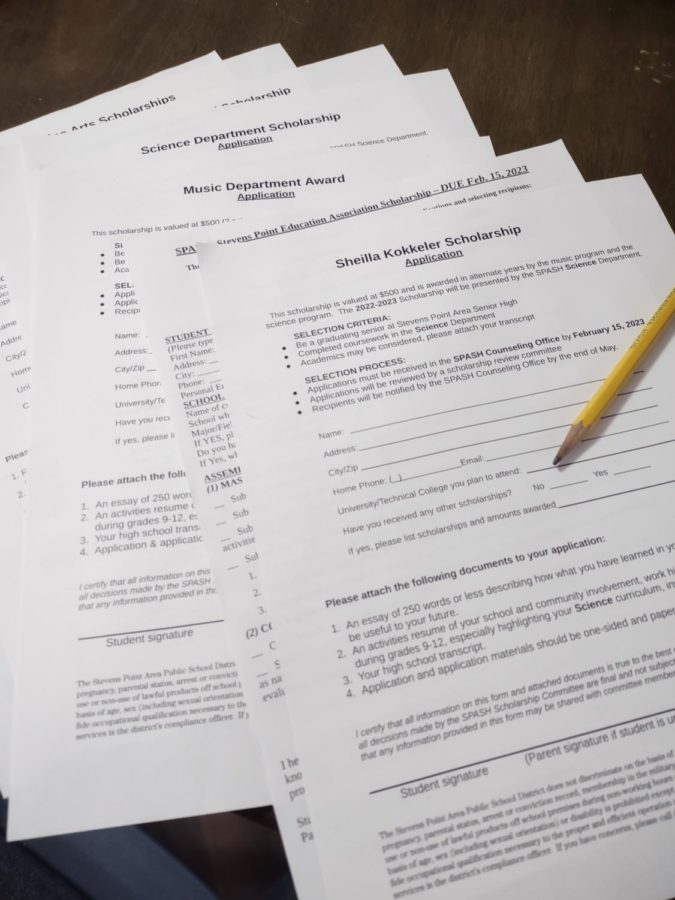

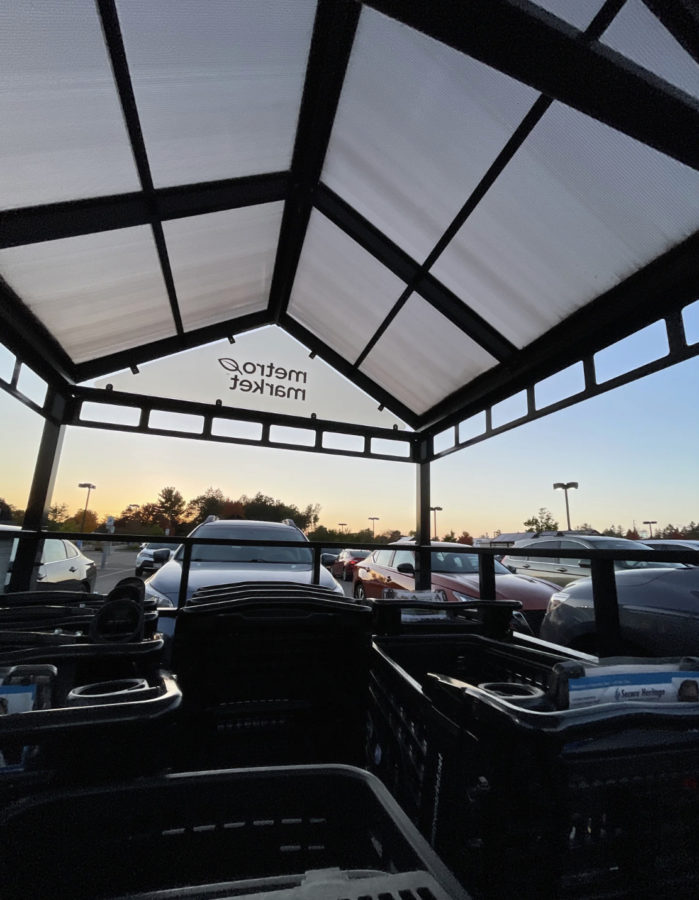

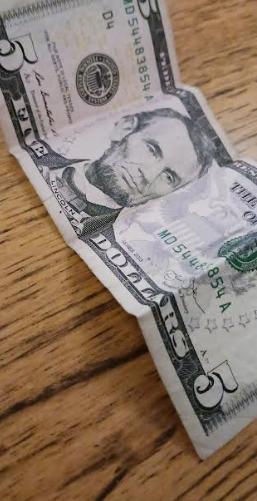
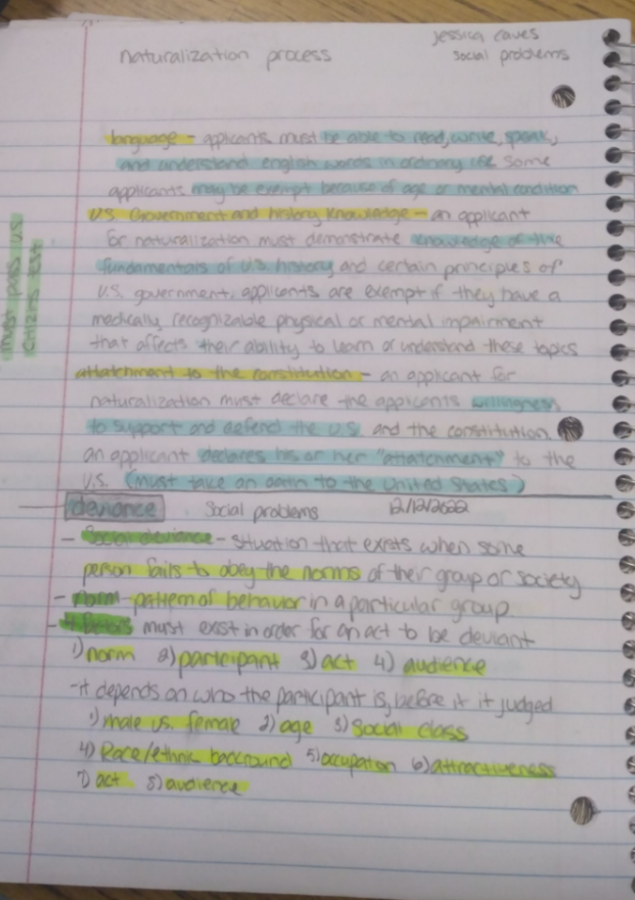
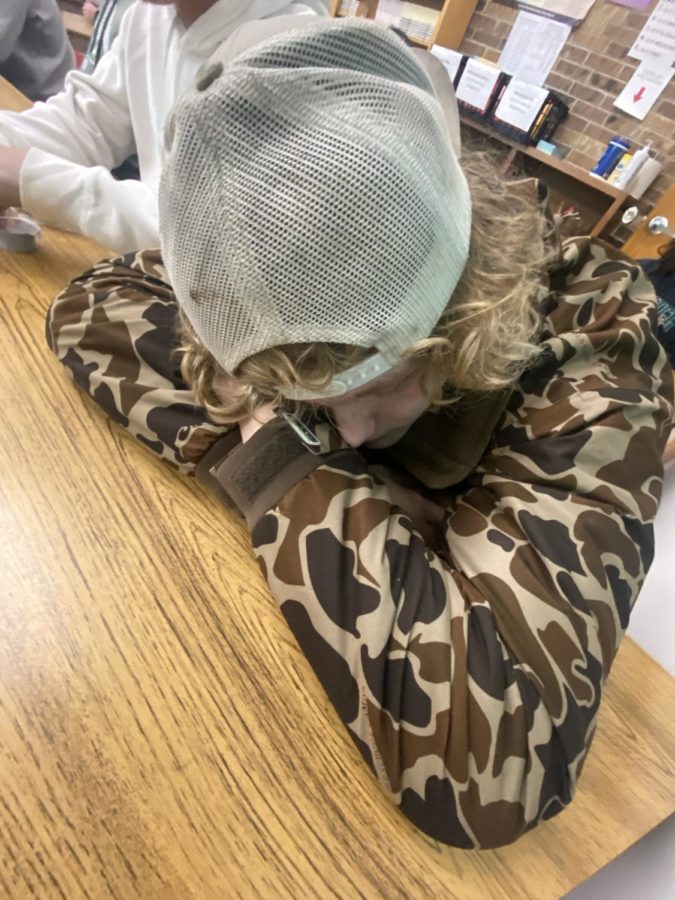
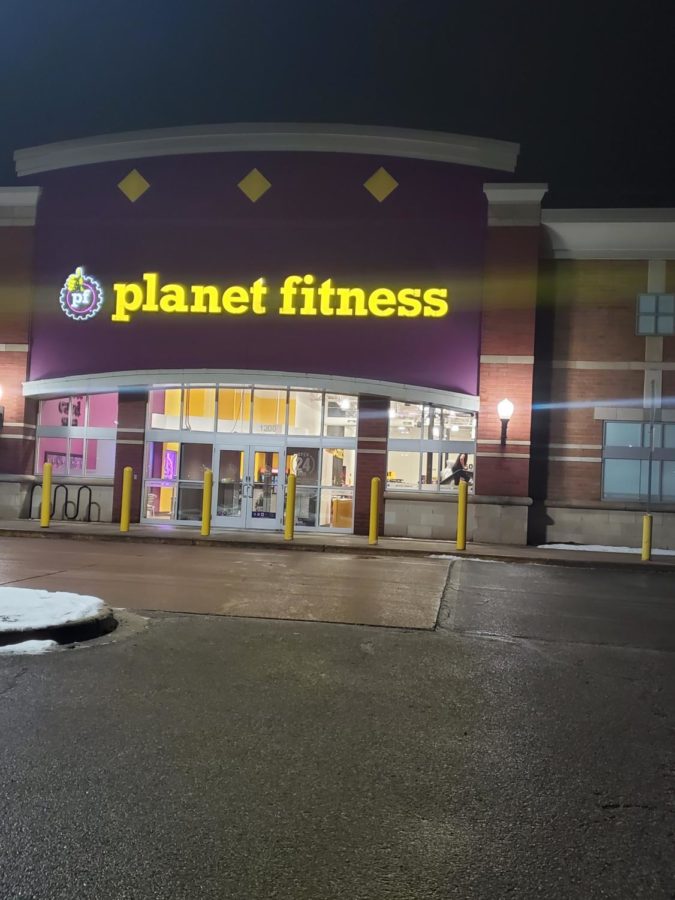

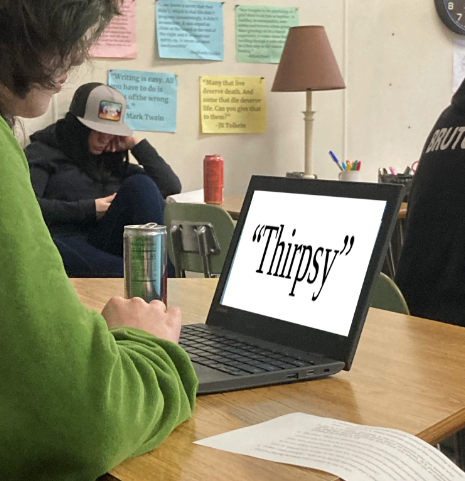


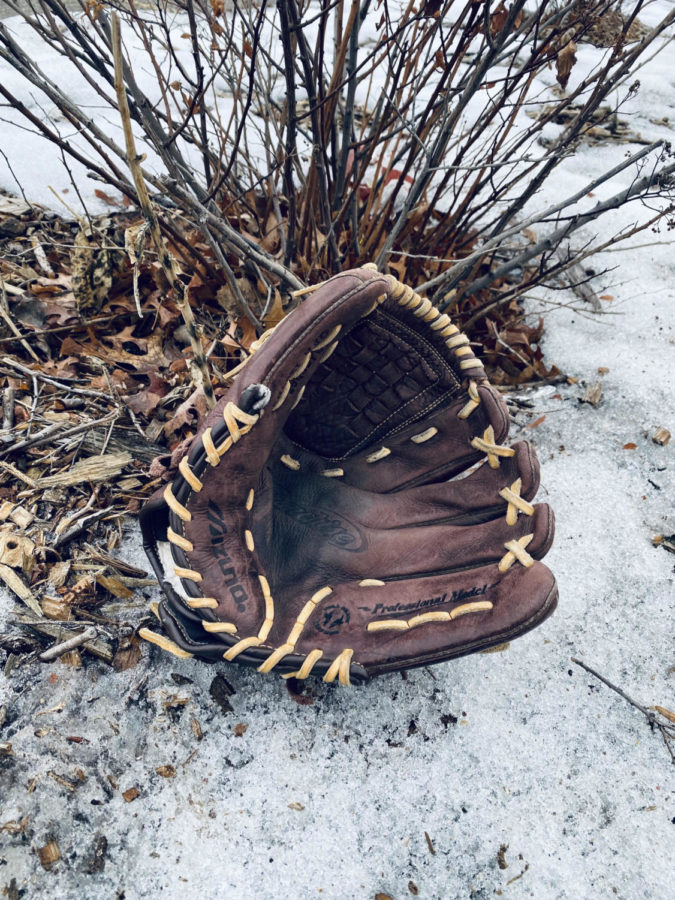

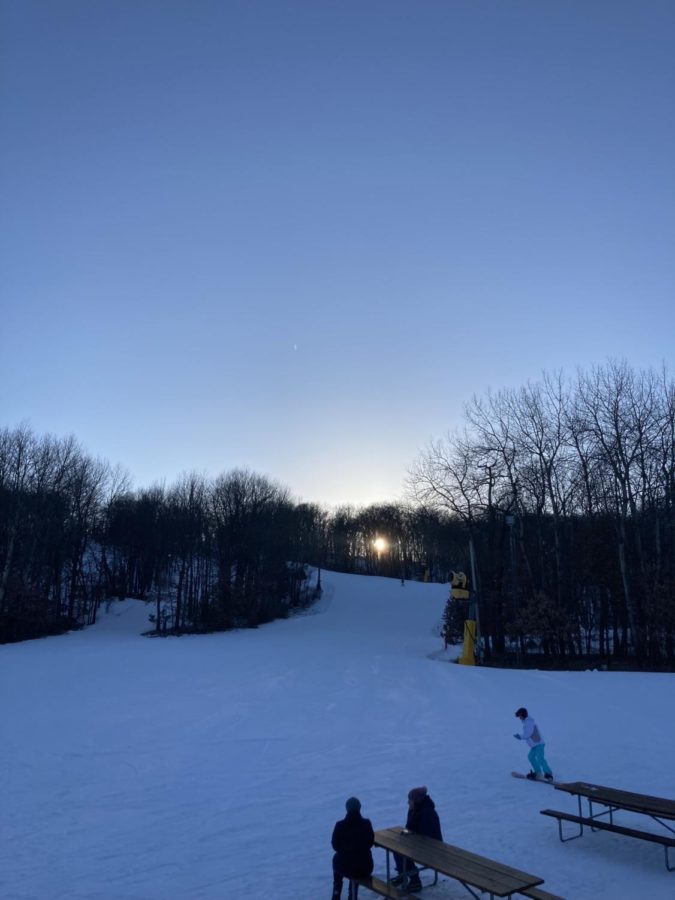
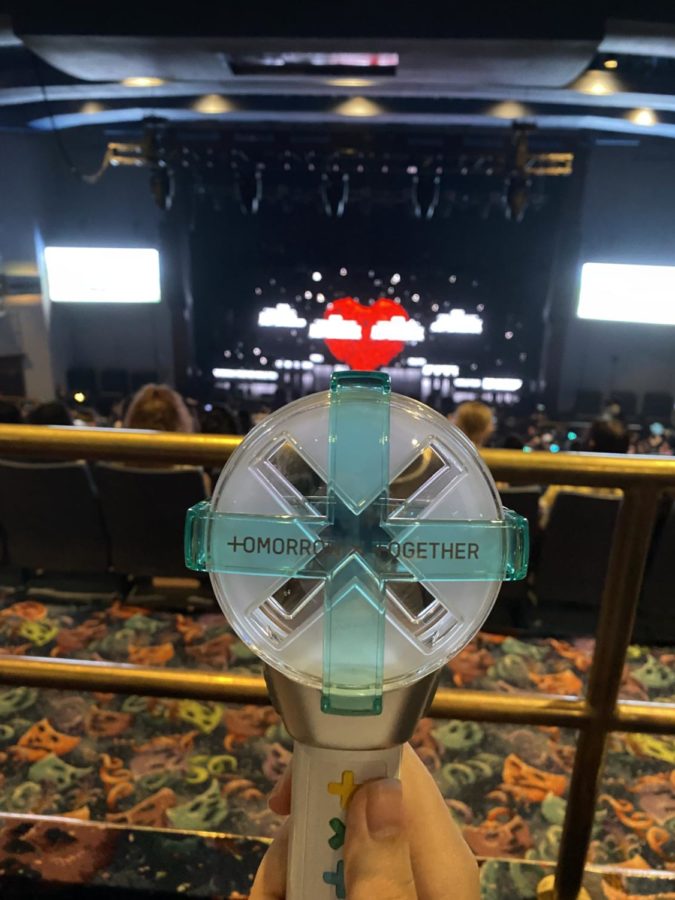

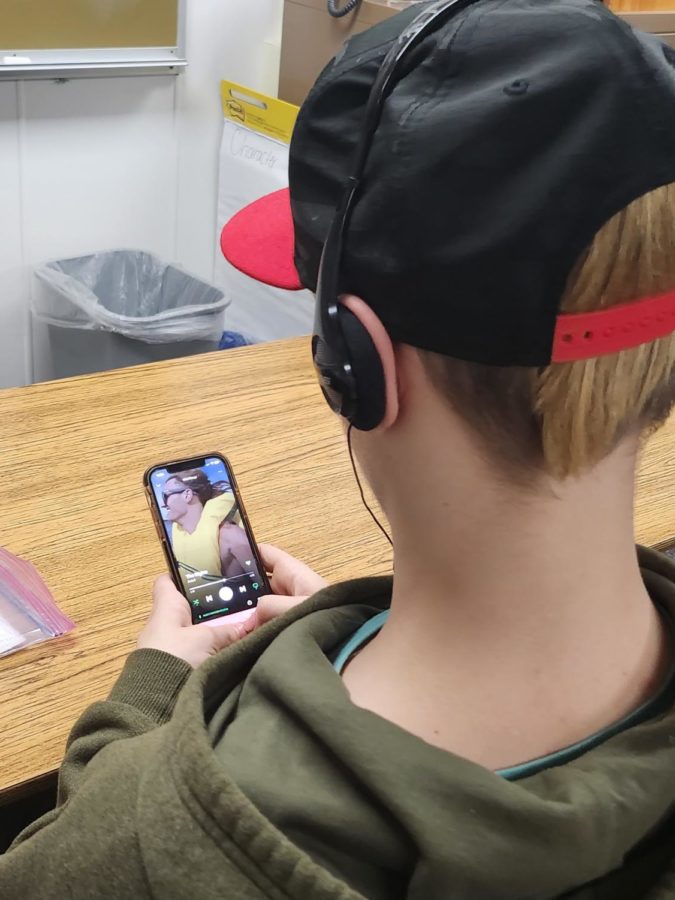

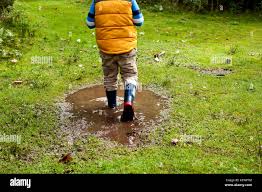
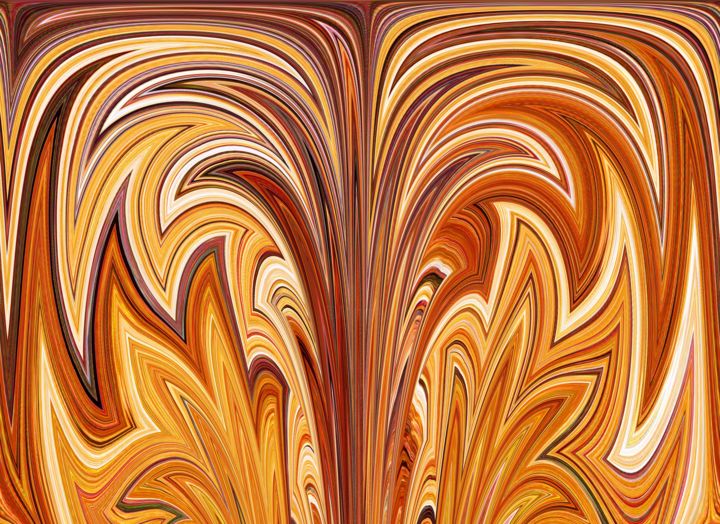



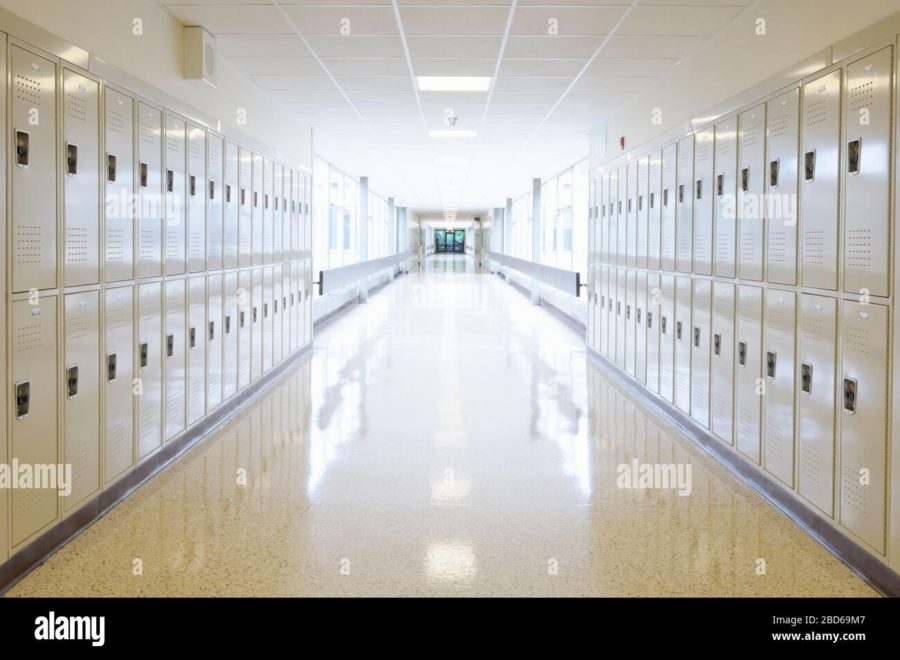
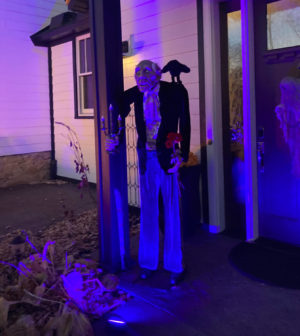
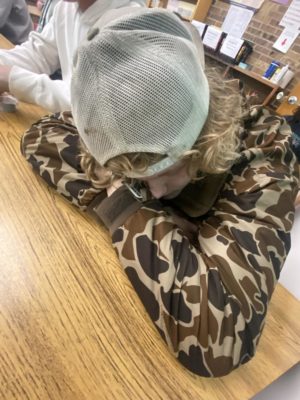


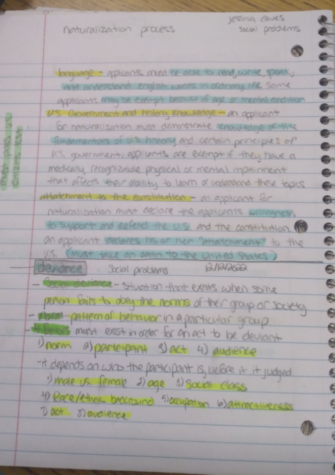
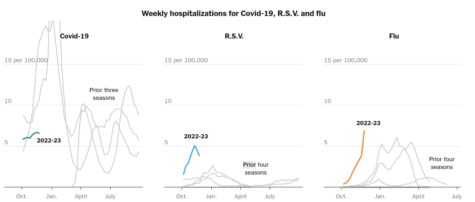
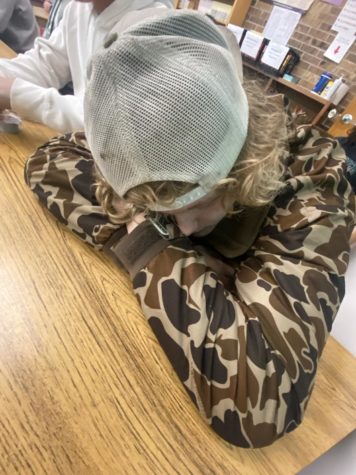

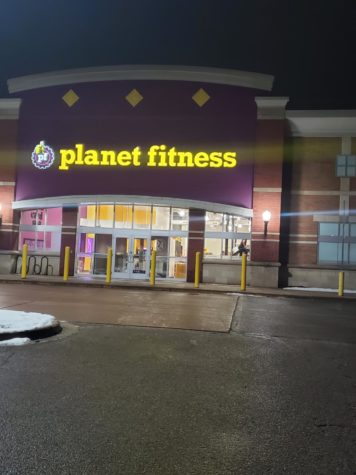

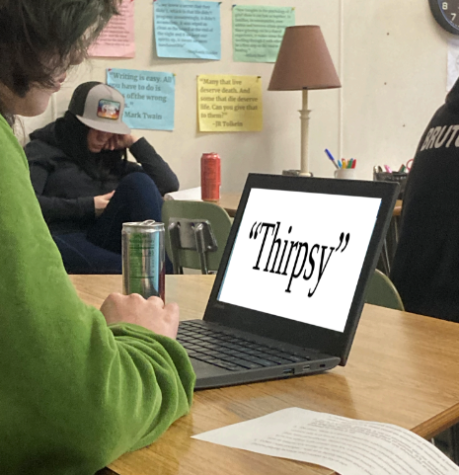
adviser • Dec 15, 2020 at 7:55 AM
I really like how people are suffering from depression during this seasonal, and how really are not talking about this. Some people are loosing their energy to do something, and that they just want to be in their phones all day.
DeShay Anderson • Dec 14, 2020 at 4:33 PM
I really like how you gave the person the choice of being anonymous. Also showing that it’s true not just something people make up. Also being able to help people to experience. Giving good evidence and during covid.
Doua • Dec 11, 2020 at 11:48 PM
I really liked how you brought this up because I have been experiencing that and probably many other people too. This is very helpful to many people because I for example did not know that this was an actual thing. Now I finally get why I have not been in the best mood to do things especially taking showers, I know that sounds gross but it is what it is.
Zach Livernash • Dec 11, 2020 at 10:39 PM
During the school year, I get more and more fatigue with a rigorous schedule. I like how you have many statistics proving you’re point that seasonal depression exist.
ben raczek • Dec 10, 2020 at 12:37 PM
I appreciate you talking about this topic. Seasonal depression is a serious topic and with this weird school year we have, being stuck at home for school and not being able to see your friends is a real problem.
Dylan Williams • Dec 10, 2020 at 10:45 AM
Katana, I really enjoyed you talked about this topic. People with seasonal depression, including myself, go through tough times each year trying to get themselves back motivated. I have noticed the worst episodes happen during spring when you are adjusting back to sunlight. Many people go through this every year, however not as many know how to cope, and I feel like topic needs to be more widely discussed
Dylan Williams • Dec 10, 2020 at 10:37 AM
Katana, I am glad you spoke about this!! This really is a big topic, especially for people with seasonal depression. This is something alot of people, including myself, struggle with and alot of people dont know the options to relieve their depressive states as well as others. There may be alot of options to help, however some do not work as others.
Jenna Koziol • Dec 10, 2020 at 9:25 AM
I appreciate you talking about this topic. It is a very common disorder especially now around the holidays, and with covid.
Maya Ramseier • Dec 10, 2020 at 9:21 AM
Katana, i read the article about Seasonal depression, i liked that the writer chose a topic that not a lot of people talk about, as it is an extremely important one.
adviser • Dec 10, 2020 at 8:12 AM
Katana, I’m so glad you wrote about this topic. I think it’s easy to feel alone, especially now. You help validate the feelings of others through your article, making them realize that this is actually a disease, one that shouldn’t be stigmatized. I especially love the image you added. It’s cool that you took your own pictures and they really symbolize how a depressed person is feeling.